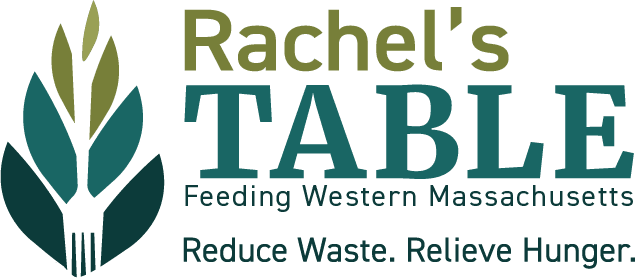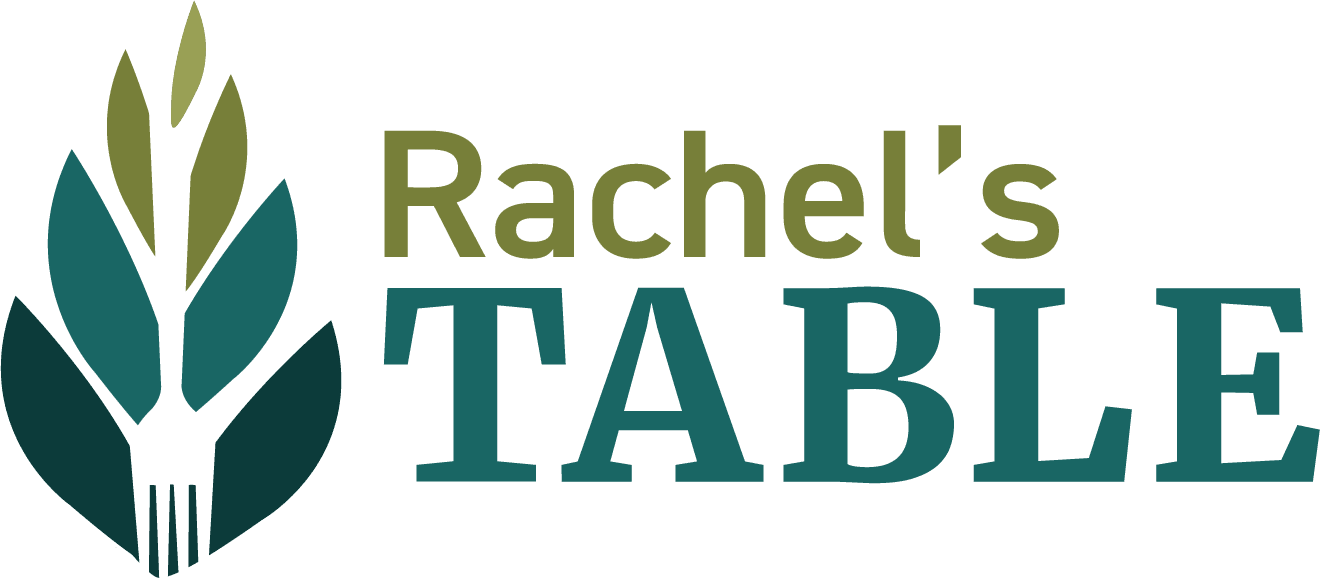BEA’S HARVEST: THE GLEANING PROGRAM OF RACHEL’S TABLE
By Cara Michelle Silverberg, Rachel’s Table Gleaning Coordinator

Rachel’s Table at the Jewish Federation of Western Massachusetts is seen by leaders in the Western Massachusetts food movement as having the preeminent gleaning program in our area. And yet, everywhere I turn, people ask, “What’s gleaning?” Here is a brief history of gleaning and a glimpse into where gleaning is headed at Rachel’s Table.
What is Gleaning?
Gleaning is an ancient practice of gathering grain or produce after harvest. In fact, the practice of gleaning from field corners has its roots in Torah:
“Now when you reap the harvest of your land, you shall not reap to the very corners of your field, nor shall you gather the gleanings of your harvest. Nor shall you glean your vineyard, nor shall you gather the fallen fruit of your vineyard; you shall leave them for the needy and for the stranger. I am the Lord your God.” - Leviticus 19: 9-10
In addition to the practice of gleaning from corners (pe’ah), also embedded in these verses are the laws of leket and shichecha, fallen and forgotten fruit. These laws dictate that once fruit has touched the ground, or if we forget produce in the field, it can no longer be considered “ours.” These ancient Hebraic laws can provide important guidance about how we might understand our place in Creation, our responsibilities towards each other, and how to approach land and food equity in our communities.
For generations in both religious and secular spaces, it was common practice for those in need to collect from the corners of fields to feed themselves. In the 1970s, non-profit organizations, community groups, religious groups, and even some states began to distribute excess produce from farms among vulnerable community members.
Gleaning at Rachel’s Table
Thanks to the visionary Bea Loevy, Rachel’s Table joined the gleaning movement 14 years ago. Designed to provide fresh produce to communities while educating people about hunger, Bea’s Harvest has worked with over a thousand gleaners and harvested over 100,000 pounds of produce since its inception.
This past season, eight gleaning groups plus one committed individual harvested over 9,000 pounds of apples, potatoes, leeks, kale, cabbages, tomatoes, peppers, eggplants, and rutabagas. Bea’s Harvest distributed this food across eleven agencies. Some group trip highlights included:
- Sponsors came out to experience first-hand some of what they support;
- Rachel’s Table Board, staff, and the Teen Board deepened relationships and explored intergenerational leadership;
- Anti-Semitism Awareness Project from Amherst Regional High School explored underlying beliefs and values that Jewish agricultural laws may represent and discussed questions such as: What do these laws suggest about how biblical Jews understood their relationships with land and food? About power hierarchies? About equity? How do these teachings align with or combat stereotypes you’ve heard about Jews?
- Christina’s House brought mothers and toddlers out to glean apples, which they canned and made into applesauce and shared with others in their community, creating a more fluid and reciprocal pathway of giving and receiving.
Looking Ahead
In addition to continuing the educational model of bringing groups out to farms and agencies to harvest while learning about food insecurity, we are taking steps to grow into community gleaning and winter gleaning. An on-call community gleaning network would allow us to better respond to farmers who contact us saying they have fields for us to pick clean. Winter gleaning would enable us to move unsold storage vegetables (e.g. roots, cabbage) that will be composted come Springtime to people who need it. Both of these expanded directions require operational capacity and volunteers to bring them to fruition.
While we are excited to expand gleaning, we are also asking questions about its economic impact on food systems. Why is there so much leftover produce to begin with? Farmers often grow more than they can sell to ensure they will have enough for their customers. After harvest, they often leave food in the fields because it is not ready to harvest, yet it is not cost effective to send workers out for a second harvest. There is also often perfectly edible produce that farmers cannot sell because it is imperfect in appearance. While it seems sensical to get this food to hungry people, decrease methane emissions by keeping food out of landfills, and generally reduce food waste, we also need to be cognizant of potentially harmful impacts of gleaning. Gleaning can play an unintended role in keeping food cheap, undervaluing food and food system labor, and promoting an over reliance on charity models that detract from investment in long term sustainable food system solutions. As Bea’s Harvest continues to grow, we will need to address these questions.One of the ways we are exploring these questions is through Growing Gardens, an expansion of the gleaning program in which Rachel’s Table supports agencies in establishing sustainable, self-determined food pathways in their local communities. Through growing and harvesting food together, supporting youth in taking on leadership in their communities, and tending to what is communally nourishing, these agencies are taking small but significant steps towards systemic food system solutions.
If you’d like to join our volunteer gleaning team, you can sign up here. If you’d like to make a donation to support Bea’s Harvest or Growing Gardens, you can do so at https://feedwma.org/donate.

